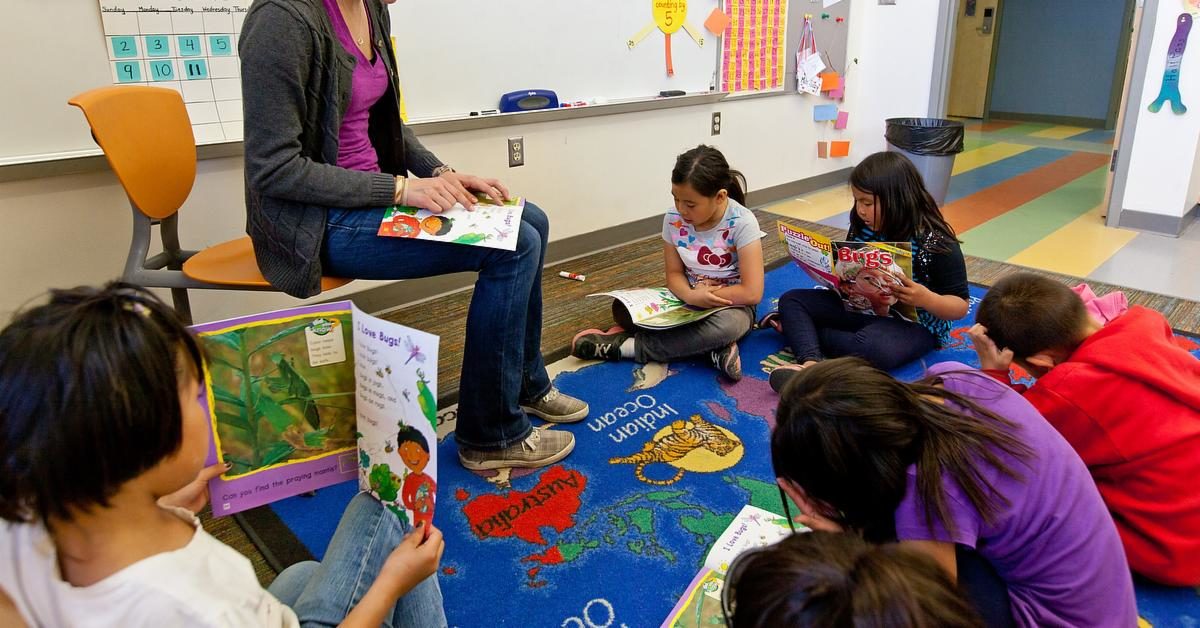By Tyler Bond
Click here to view the full article

States across the country, from Wisconsin to Oklahoma to Alaska, are experiencing teacher shortages. Fewer people are preparing to become teachers and it is becoming more difficult for states to find qualified individuals to replace teachers who quit or retire. A recent study from the University of Alaska Anchorage calculated just how expensive this teacher turnover is for that state. In the past, we’ve written about the role pensions can play in recruiting and retaining teachers and, therefore, reducing those teacher turnover costs.
The Alaska study found that it costs the state nearly $20,500 per teacher to replace a teacher, for an annual cost to the state of $20 million. The costs include money and time spent on recruitment efforts like job fairs and advertising, as well as training for new hires. However, the study did not account for costs like lost learning or lost productivity from replacing experienced teachers with less experienced ones.
Alaska closed the Teachers Retirement System (TRS), its defined benefit public pension plan, back in 2005. Since July 1, 2006, all newly hired teachers in Alaska have been placed in a 401(k)-style defined contribution plan. It’s also worth noting that public employees in Alaska, including teachers, do not participate in Social Security. This means that for many Alaska teachers, whatever savings they have in their state-sponsored 401(k)-style retirement account is all they will have for retirement. We’ve written at length about how 401(k)-style plans fail to provide adequate retirement security and without the backstop of Social Security, Alaska’s teachers are certainly at increased risk of falling behind in retirement.
We released a report in March that examines how traditional pensions can help alleviate the teacher shortage crisis in Oklahoma. Returning to a defined benefit pension plan for teachers may be even more important in Alaska. This year, Alaska State Rep. Sam Kito sponsored House Bill 83, which would reopen the defined benefit pension plan for teachers and would give teachers a choice between participating in the pension plan or the current 401(k)-style plan. The state estimates that approximately 80 percent of teachers would switch to the pension plan. This 80 percent figure is consistent with other states where teachers are given a choice. When West Virginia reopened its teacher pension plan, over 78 percent of teachers chose the pension plan. In Ohio, 86 percent of new teachers chose the traditional pension plan, when they were given the option.
Teachers understand the value of the security and reliability provided by defined benefit pensions. Should the stock market crash or another recession strike the economy, teachers that have their retirement savings in 401(k)-style accounts could see much of their retirement savings wiped out. Alaska’s teachers are even more vulnerable to these market risks since they do not participate in Social Security.
Moving back to a defined benefit pension for teachers in Alaska is not only the right move for the teachers themselves, but also a good move for the state. Since closing the pension plan more than a decade ago, the unfunded liabilities in the closed plan have exploded, rising from $5.7 billion in 2005 to $12.4 billion in 2013. The funded status of TRS dropped from 61% to 52%. Ultimately, the state had to make a cash infusion of $3 billion to TRS and the closed state employees pension plan. Reopening the closed plan would alleviate many of these problems as new employees would be paying into the fund.
Not only would reopening the pension plan help the state with its pension funding, but giving teachers the option of a traditional pension would help cut down on Alaska’s high teacher turnover costs. As one of the researchers involved in the study said, “Imagine, if we lowered the turnover rate by 50 percent in rural Alaska — suddenly we’re having millions of dollars to invest in these educators and in our classroom rather than in trying to hire.”